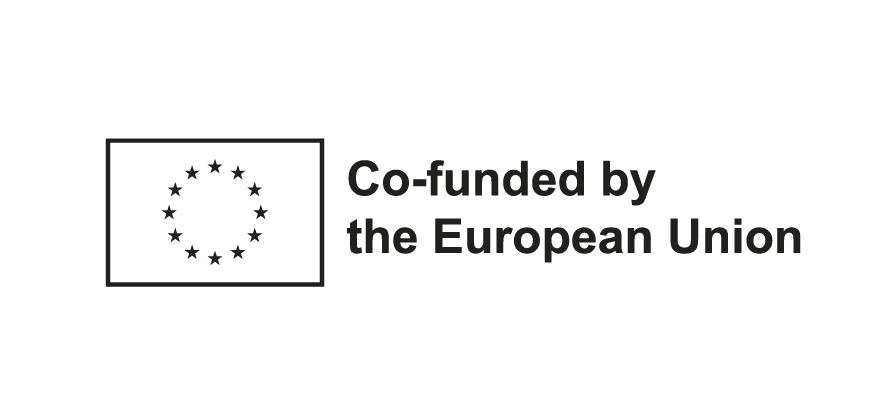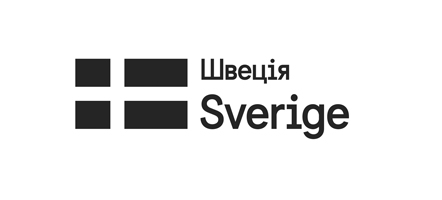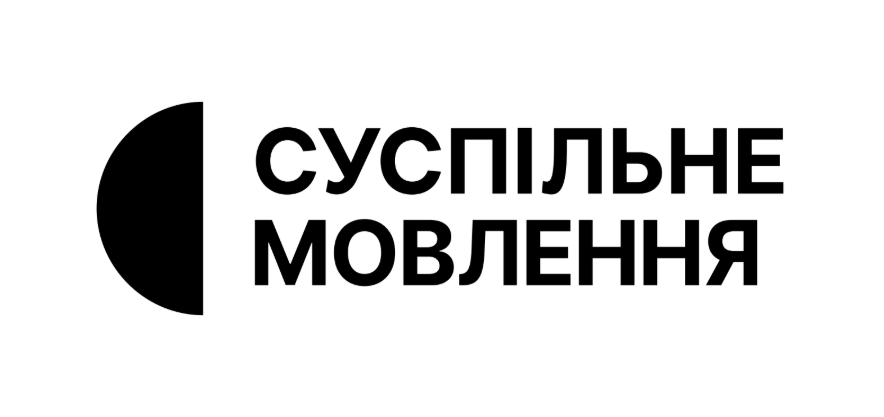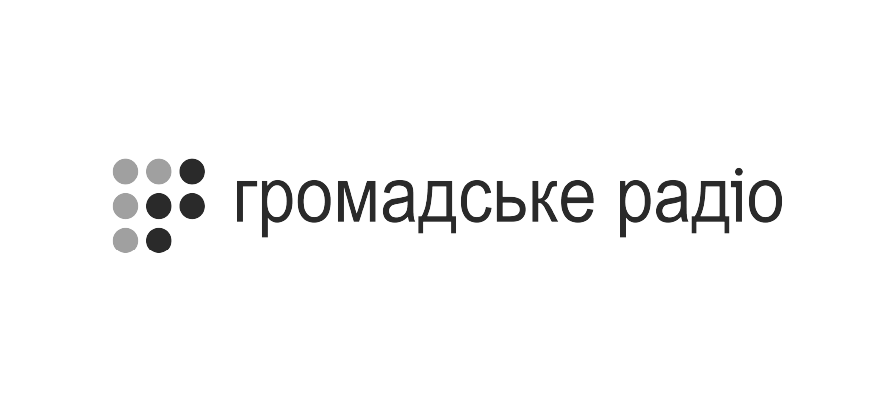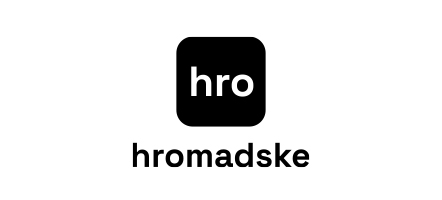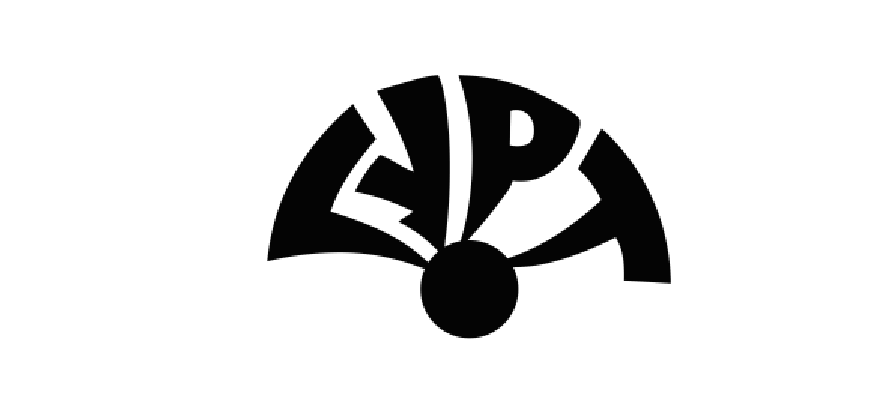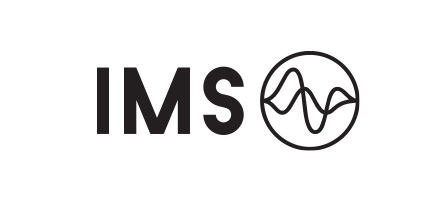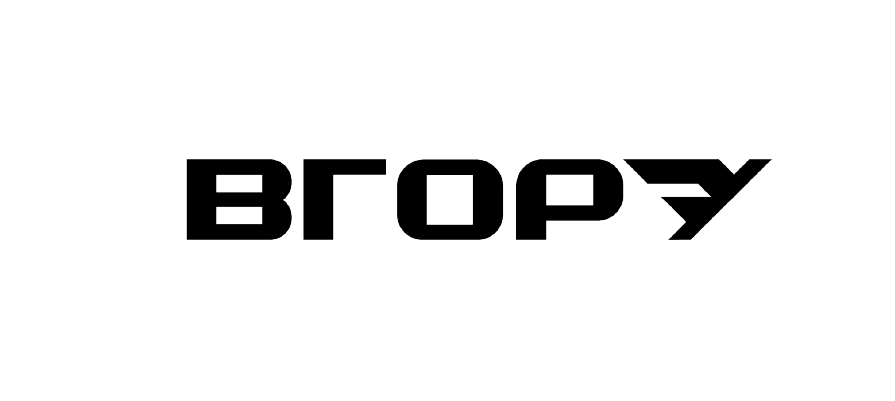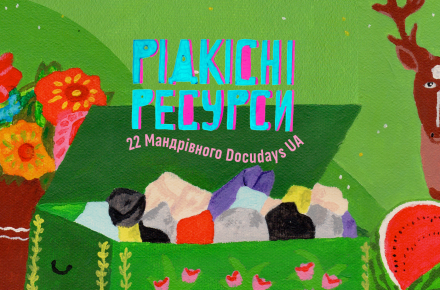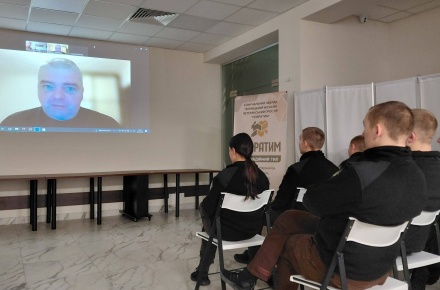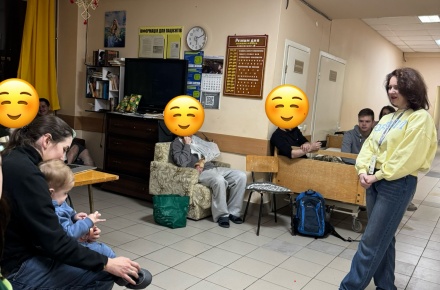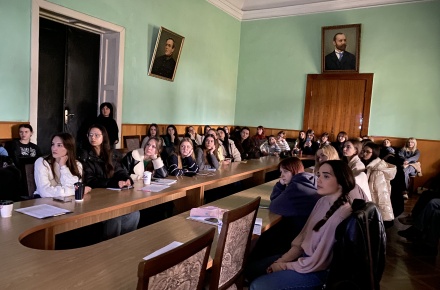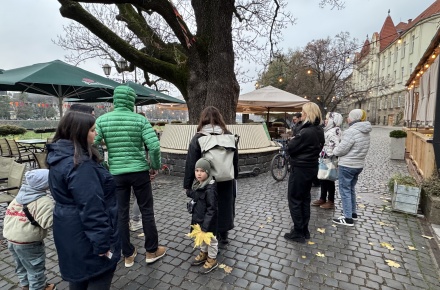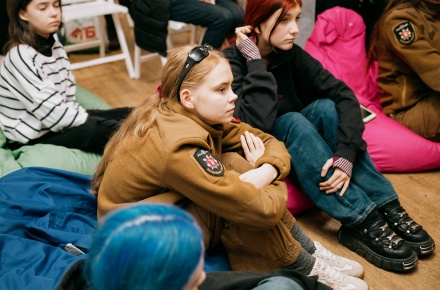Roman Bondarchuk, director and screenwriter: “What makes documentary cinema interesting is its unpredictability”
Roman Bondarchuk, director and screenwriter: “What makes documentary cinema interesting is its unpredictability”
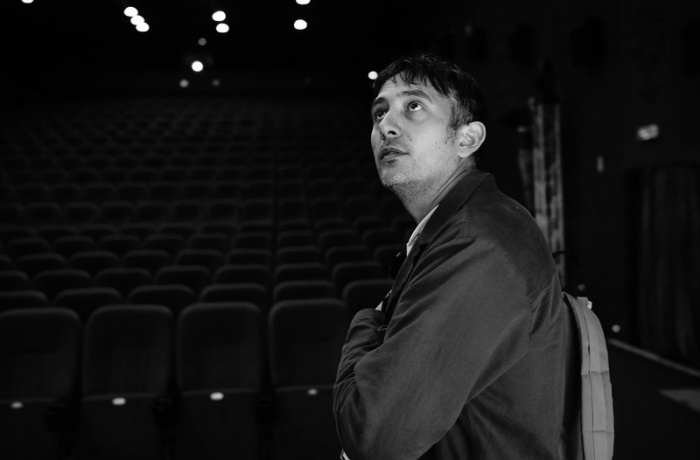
The Travelling Docudays UA is publishing an interview by Ukrinform with Roman Bondarchuk, director and founder of the Ukraine War Archive project.
The name of the director Roman Bondarchuk is well-known to film enthusiasts in Ukraine and abroad. His portfolio includes over 20 documentaries and feature films. His 2016 film Ukrainian Sheriffs was Ukraine’s Oscar nominee, and his 2019 film Volcano received the Taras Shevchenko State Prize. The film was demonstrated at international festivals in 46 countries and received 7 prestigious awards, and took the 37th-38th place in the list of 100 Best Ukrainian Films of All Time according to film critics. For many years, Roman Bondarchuk has been the Head of the Art Department of the Docudays UA International Human Rights Documentary Film Festival, and after the beginning of the full-scale war he became a co-founder of the Ukraine War Archive, a platform which collects and organises a database of video and audio materials about the war in Ukraine.
The DOCU/CLUB Network, which includes over 400 documentary film clubs all over Ukraine, invited Roman Bondarchuk for a conversation about the development of Ukrainian documentary cinema over the past 10 years. Which events caused the flourishing of documentary filmmaking in Ukraine? Which film premiere was the most important for the director? And how can our phone archives help researchers document the war and bring the aggressor to justice? Roman Bondarchuk talked about this during a meeting with the audience.
MAIDAN BECAME THE TURNING POINT IN THE DEVELOPMENT OF UKRAINIAN DOCUMENTARY FILMMAKING
I remember the time when documentaries about Ukraine were filmed by foreigners. But the approach with which they looked at our life was touristic. A friend of mine used to work as a fixer for a German group. A fixer is someone who deals with all the administrative issues, looks for characters, protagonists, obtains all the filming permits. She showed me a script in which five drunken sailors with a balalaika are walking down the street and singing some kind of “kalinka-malinka.” But the documentary was set in Vinnytsia, where there is no sea and no sailors either. She tried to convince the filmmakers to come up with something else, but they said it was very difficult for the TV station to review scripts. She had to arrange it with some villagers, she dressed them in striped shirts, they dyed some water to make it look like moonshine and sang “kalinka-malinka.” These films satisfied the stereotype which people abroad had about Ukraine.
In the programme of Docudays UA, the first big film that reflected Ukrainian reality was a film by German director Jakob Preuss. It was called The Other Chelsea, and it was 2012. It was a film about the secretary of the Donetsk City Council (Mykola Levchenko. Auth.), a person close to Yanukovych, who lived a life of success, rode around Donetsk on a motorbike, went for haircuts and manicures during working hours and gladly shared all that with the filmmaker. Opening with this film was a daring step for the festival. There were many plain-clothes officers at the opening who documented and recorded everything, the atmosphere was quite ominous. But we were able to overcome fear. Journalists who attended the opening wrote about the film. Even if we did not cancel that official’s career, we definitely turned him into a meme at the time.
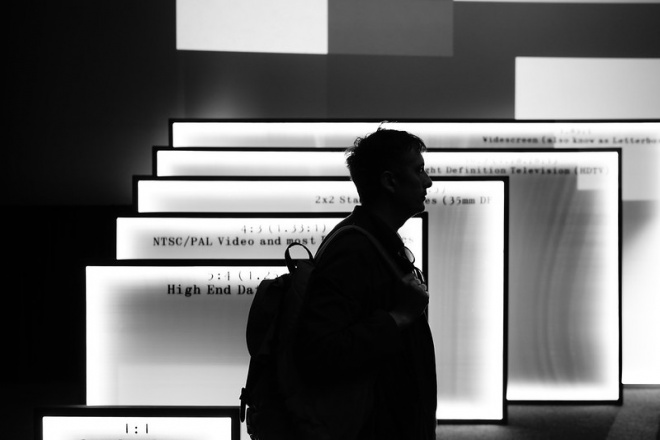
Photo: Docudays UA
Another one of these “touristy” films that I remember was the 2015 film The Donetsk People's Republic, Or The Curious Tale of the Handmade Country, about Donetsk separatists. But at the time, the subjectivity of the Ukrainian gaze was already visible in filmmaking. From 2015 on, the festival was dominated by Ukrainian films made by our directors.
Of course, Maidan was the turning point. It was a moment when everyone who could film went to document the protest. Everyone tried to make their own film. And this moment produced many filmmakers and even entire associations, such as Babylon’13. After 2014, Ukrainian films started to regularly win awards and appear on big international platforms, reflecting on the revolution, on the Russian invasion in the east of Ukraine, and on the post-traumatic disorders of Ukrainians. This wave, which began in 2013–14, is still continuing today.
“EUROMAIDAN. THE ROUGH CUT WAS THE MOST IMPORTANT PREMIERE IN MY LIFE”
It all began when the Docudays UA festival finally rented an office. When the Maidan began, many international companies simply fled Kyiv, and many offices or apartments were vacant. We found an apartment 50 metres away from the Maidan, in Mala Zhytomyrska Street. We moved in after the students were beaten, when the Maidan was already there but it was still peaceful. There was no furniture, we brought some folding beds, tourist mats, sleeping bags, dishes. Journalists and filmmakers from different countries would stay on the floor in our new office. Thus, it turned into a hub where there were always journalists, documentary filmmakers, fixers, and sometimes protesters who came in to warm up, drink some tea, and go out to the Maidan again. Many of our colleagues uploaded the materials there, they did the editing on their laptops, sitting in the corner in our office. All of this unfolded very actively for three months, and then the Maidan won.
There were just a few weeks left until the festival. There was so much energy, so much desire to spill this experience and emotions which everyone experienced out into something, that Darya Averchenko, Yulia Serdyukova and I decided to collect one episode from each of the filmmakers who had anything to do with the office or whom we had met on the Maidan and make a film. We didn’t know if we’d have enough time to prepare it. Of course, none of our colleagues had started to edit anything together yet. I watched the episodes at the office, shortened them or didn’t shorten them. The idea was to combine them into one film as simply as possible. It was a moment of euphoria after Yanukovych fled, but it was still unclear what would happen to Crimea and to the East. Everyone realised that it was not the end. So we decided to title the film Euromaidan. The Rough Cut. It was clear that it could take new forms in the future, it could be edited more. In fact, we screened the film at the festival right from the editing software. We brought the laptop to the House of Cinema, we didn’t even get the chance to rewatch the film and make sure that everything played properly there, that the subtitles were working. We just put it all together, connected the laptop and showed it. During the final credits, Maryana Sadovska sang A Duckling Swims in the Tisza.
The audience stood up, and it was an incredibly powerful moment of unity for all of us who were there. For me, it was the most important premiere in my life. Even though the film is, of course, a collective work. I can’t call it my film, because many authors worked on it. Most of those authors later made their own shorts or features.
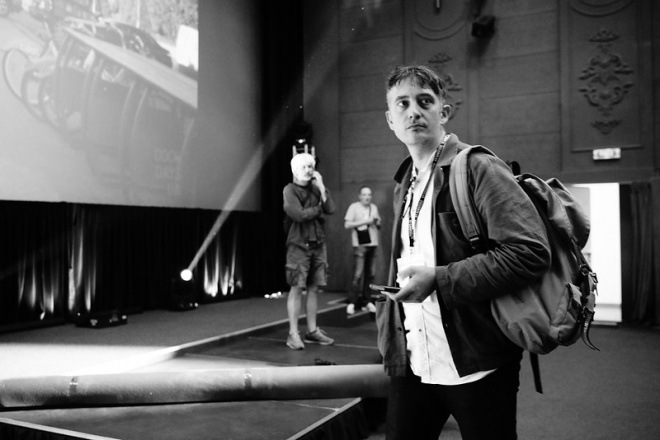
Photo: Docudays UA
But Euromaidan. The Rough Cut travelled the world a lot, telling foreigners about what we really experienced, what it looked like from the inside, and it allowed us to speak, to oppose Russian propaganda and explain what was going on in our country.
A year later, my friend Sergiy Lysenko and I made the almanack Encyclopaedia of the Maidan. It emerged from the desire to capture the processes of civic activity at the Maidan which just amazed the entire world: how well we were able to organise, how striking the initiatives were, how quickly charismatic leaders developed to lead people forward.
I remember Sergiy and I sitting and jotting down the themes and characters we wanted to film, and the list was endless. Now I look at it and realise that we filmed their first public work, and it’s fantastic that back then we were able to talk to them and show where they came from. For example, Euromaidan SOS, which essentially grew from the Centre for Civil Liberties. Or the Office Hundred, which turned into Bihus.Info and continues to monitor our country and expose corruption and cronyism.
There are some things that look ridiculous now. For example, there’s an episode on bloggers in the almanack. Back then this was a new phenomenon, it was something that helped oppose propaganda. These people were becoming full-fledged sources of information. It was incredible, we also wanted to film and show them. Some initiatives, such as the Automaidan, did their job and ended organically. But they remain in history. I think this cycle was worth making. It’s interesting to re-watch today.
“IN UKRAINIAN SHERIFFS, I WANTED TO TELL THE STORY OF COMMUNITY ORGANISING, BUT I GOT SOMETHING DEEPER”
What makes documentary films interesting is their unpredictability. First I met the village mayor of Stara Zburyivka, Viktor Maruniak, I was making a short film about him. He told me about the sheriffs. It was something unexpected for the Kherson Region. The sheriffs immediately struck me with their yellow car and their film hero attitude. Producer Dasha Averchenko and I laughed that Viktor Hryhorovych looked like Chuck Norris, and his partner Volodya like Tony Soprano. I thought that we were going to tell the world a story about sheriffs who were able to improve the public order situation in a remote village and did it easily and with a kind of irony. We thought it would be a documentary comedy, a film you can make in a month. But Ukrainian Sheriffs took three and a half years of my life from the idea to the premiere.
The sheriffs thought I was failing with the film if it took me so long to make it. Then they got tired of giving interviews and telling stories. They tried to go on calls without a camera. Eventually I jumped into their car without permission. Then they felt that they also have a certain advantage with a camera behind them, more legitimacy and officiality. We had a lot to talk about, and gradually I, Darya Averchenko, and Borya Peter became members of the Stara Zburyivka community, and the sheriffs became the protagonists of the film.
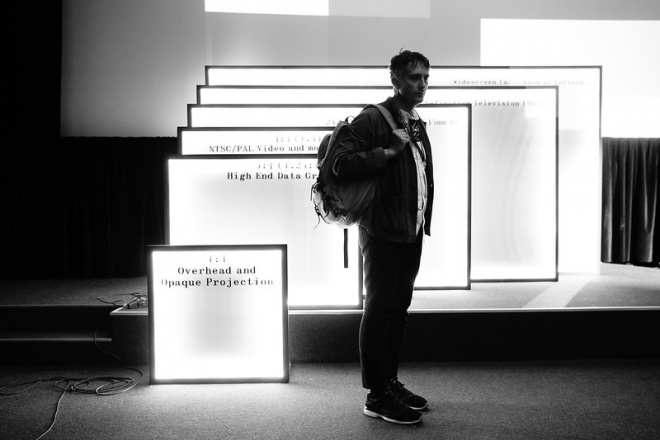
Photo: Docudays UA
I planned to show the life of a southern Ukrainian village which is practically deprived of police services. If the villagers called the police, they either never came or acted in a formal manner, bringing more problems than help to the people.
We wanted to tell a story of organising, but we got something deeper. The Maidan started, then the annexation of Crimea, then the war in the East. The sheriffs got more and more work and duties. They delivered mobilisation notices, they buried those who were killed and dug graves. All of this reality was also featured in the film, and it became a document of the beginning of the war. Later, during the National Police reform, Ukrainian Sheriffs were included in their curriculum: it was shown to new police officers as a visual aid on how law enforcement works in small communities and how certain offences can be prevented. The Sheriffs for New Communities programme grew out of this and officially encouraged citizens to become sheriffs. Officially it was called a “civilian aide to the district police officer” for a while. But everyone called them sheriffs. So the film had a lot of influence after it came out.
Today Stara Zburyivka is occupied. Viktor Maruniak remained in the village after the full-scale invasion. He was captured by russians, beaten twice, tortured, then kept in jail in Kherson. When they let him go after a while with a commitment not to leave the village, he realised that he needed to save himself, and he and his wife left. One of the film’s protagonists, Viktor Hryhorovych, also had a very difficult story during the occupation. His house was destroyed, and he himself was wanted because he served in the ATO and later worked as a sheriff. Hryhorovych hid at the cemetery for a long time until eventually he was able to pass the enemy checkpoints and reach the Ukraine-controlled territory. Nowadays it’s hard for us to keep in touch due to constant moving, but we’ve remained friends after spending so much time together.
“UKRAINE WAR ARCHIVE IS MY MISSION AT THIS STAGE”
When the full-scale invasion began, our Docudays work chat was filled with personal videos about how people were experiencing it all. Our Facebook feeds were full of footage of Russians entering, helicopters flying, people hiding in bathrooms, corridors, under tables. I asked all my colleagues to store these videos on their devices, and simultaneously I started thinking about how we could organise them in a more systematic manner. It was clear that this time the volume of information will be just immense, and we needed to structure it right then so we could use it for research, or, even better, to determine the perpetrators of war crimes. After some time — it was March 2022 — I called my college friend who works in high tech, and we started thinking together how we could organise the search, structure, and data protection.
And that’s how the Ukraine War Archive was created. Maksym Demydenko from Infoscope undertook the software part, and we, with a part of the Docudays team, took over the analytical part. We look for partners, invite them to share their materials. We have a team who watch the videos and tag them with keywords. We also have a team of documentors who travel to liberated territories, talk to people there and record in-depth interviews about their experiences. Not just about the war crimes they have experienced or witnessed, but also about very simple mundane things that will be important as a document of history.
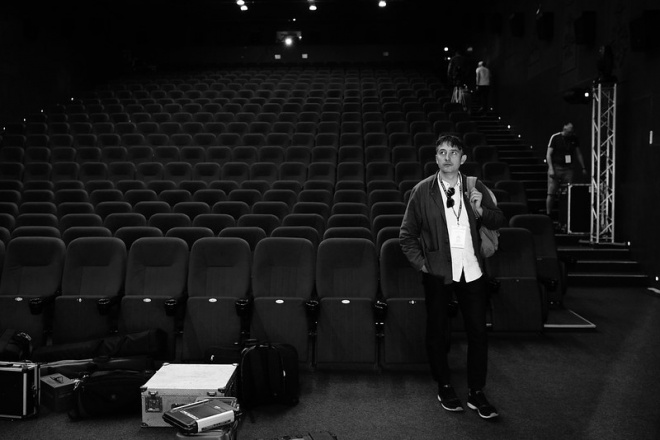
Photo: Docudays UA
I don’t think it’s something radically different from documentary filmmaking. It’s just my mission at this stage. Because now everyone has a lot of these archives. People think, “What’s so important about this? Someone has survived a true tragedy, and I just spent a week in the basement.” But I think that it’s very valuable material for history, for research. We do everything so that nobody can change, rewrite, erase, destroy it. We seek to make it easier for researchers, analysts, lawyers to work with these testimonies and document this war.
I imagine that the result of this work in the future will be a big digital museum in which people will be able to hear and find most of the stories that happened to us, most of the episodes that we are going through right now.
I encourage everyone to share even the things that don’t seem very important to you. We have a Telegram bot, we have a website, we have people who upload data to the archive. Please share your stories with us, because smartphones can get damaged, but these materials must live and testify against the aggressor.
It just so happened that the team of documenters who are recording the interview includes filmmakers, and they, of course, are interested in making the testimonies they collect work in the information field and tell the stories of these people and our spirit. So the team of the Ukraine War Archive has already made the first documentary, Witnesses, which deeply struck me personally. When you see an elderly gentleman from the Kyiv Region, who has no idea how a fire truck works, find that truck, get in the driver’s seat and drive to put out a fire, or get on a boat and deliver food to Ukrainian soldiers who are surrounded, it is amazing. And the lightness with which the film’s protagonists describe this, and the lightness with which they did it all, is striking. When I listen to them, I realise that these people are absolutely undefeatable. So the Archive team is inspired, they plan to continue making Witnesses films. It will be a series of shorts from various areas in Ukraine about different episodes of this war.
Interview recorded by Olha Babchuk.
Header photo: Docudays UA.
The 20th Travelling Docudays UA is held with the support of the Embassy of Sweden in Ukraine, Embassy of Switzerland in Ukraine, US Embassy in Ukraine. The opinions, conclusions or recommendations do not necessarily reflect the views of the governments, charities, or companies of these countries. Responsibility for the contents of the material lies solely on its authors.
